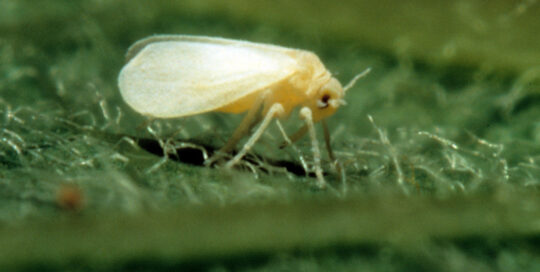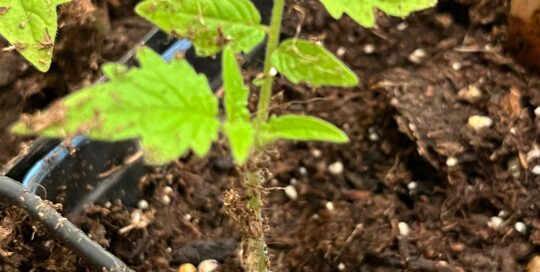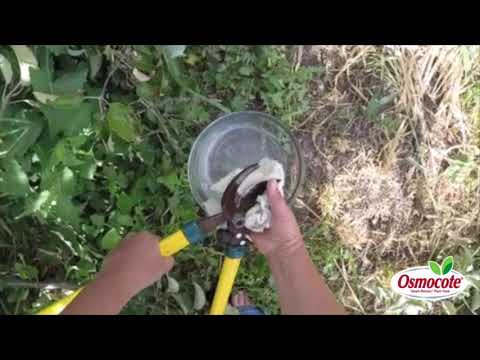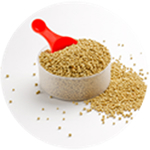Cutting apple scions for grafting in the spring
Views: 4678

It’s beginning to look a lot like Christmas. With nearly a foot of snow on the ground, and more on the way, pests are asleep for a long winter’s nap, but I am already planning to improve our apple orchard. The work begins in January. Then, I cut scions to graft onto the trees in the spring even though the actual grafting is months away.
Grafting
Grafting is the only way we have to know exactly what apples (or other fruits) we’re growing on our trees. While you can grow an apple by seed, the result is most likely a “spitter”. It is a sour or bitter fruit best used for cider or some other fermented drink, because there is no way to control pollination. You might have a Honeycrisp on one end of the orchard and a Cortland on the other. The bees share the pollen of both of them.
Grafting is an asexual means of reproduction where a section of one tree is inserted into another. When it’s done right, the new piece will grow into the rootstock. It’s a fairly simple process, and is a terrific way to try new varieties without planting additional trees and waiting for them to grow long enough to produce. I’ve known home orchardist who have 3 to 5 varieties per tree, which is really nice when you have limited space.
Scions
Like I said, now is the time to plan. Soon I will order scions of varieties I don’t have. I want to add new apple types to my 3 good trees. (One is iffy on whether it’s going to last the season.) One of my must-haves this year is Zestar, a large, exceptional flavorful apple I tried at an orchard north of here. Fireside has long been my favorite, but it is prone to fire blight, which is so problematic in this region, so I’m hoping Zestar will take off.
You don’t always have to buy scions, though. If a friend has an apple variety you like, you can take cuttings of the scions now, and graft them in the spring. As long as the tree is in deep dormancy, which is typically from December through February in most northern regions, you can cut scions and save them in the refrigerator until it’s time to graft.
Cutting Scions
To cut scions, look for the new wood from last year on the end of branches. The new growth is obvious. The fresh wood is smooth and the buds are tight against the branch. As you look up the branch, you’ll notice the ring that is a demarkation of old and new growth. Find new growth that is roughly the diameter of a pencil and snip it off 10-12 inches long. Place the scion in a plastic bag, add a paper towel that is ever so slightly damp, wrap it up, and keep it in the vegetable drawer. As long as you can protect it from being squashed by cabbages or other vegetables – or keep it out of the hands of kids who think they’re perfect little swords – they will keep until spring.
It’s time to graft when the tree is growing vigorously, but hasn’t experienced bud break. For us in central Montana, this is usually around the end of April to the first part of May, depending on the spring. And don’t forget to mark the variety you’re grafting! You might think you’ll remember, but I know from experience that you won’t.
Grafting is fun. It doesn’t work all of the time, but there’s undoubtedly a level of excitement when leaves grow out of the new scion. It’s only better when the branch takes hold and gives you delicious new fruit on an established tree.
Meet Amy Grisak
Amy is a freelance author and photographer in Great Falls, MT who specializes in gardening, foods, and sustainable agriculture. She provides information on every kind…
Amy's Recent Posts

Watch Out for Silverleaf Whiteflies








